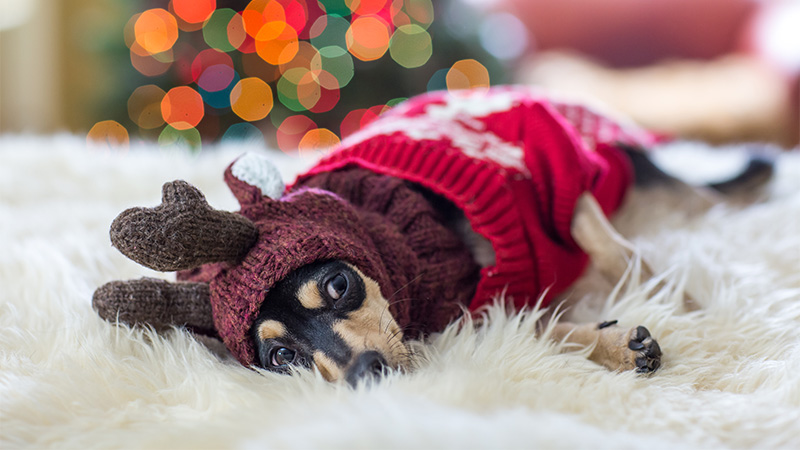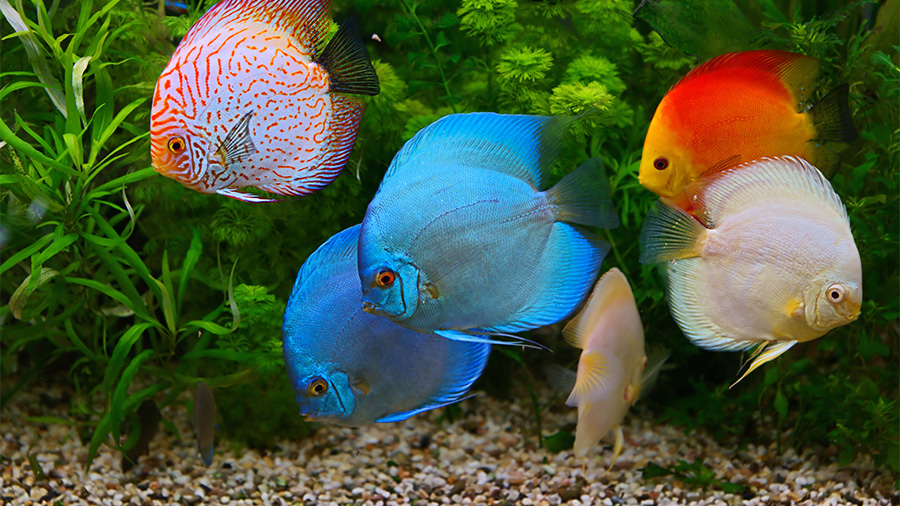Anesthesia Needed for Many Procedures
Anesthesia is an induced, temporary loss of sensation. It is an important part of any surgery or procedure that requires an animal to remain completely still. Although putting your pet under anesthesia may sound scary, Dr. Stephanie Keating, a board-certified veterinary anesthesiologist at the University of Illinois Veterinary Teaching Hospital in Urbana, makes sure pet patients get through surgery and procedures successfully.
“Anesthesia is needed for many different types of procedures,” Dr. Keating says. These include surgeries, such as sterilizations or tumor removal, as well as less invasive procedures, such as dental cleanings and various diagnostics, from MRI to gastrointestinal scoping. (In human medicine, of course, the patient typically remains awake for procedures such as dental cleanings.)
Veterinary anesthesiologists meet four goals for every anesthetized patient: unconsciousness, muscle relaxation, analgesia (pain relief), and amnesia. Veterinarians want their patients to be relaxed and pain-free during and after procedures.
Individualized Plan Addresses Risks
A major concern that many pet owners have is the risk that anesthesia presents to their animals.
“There is always some risk associated with anesthesia, but we mitigate this risk by ensuring that we have a full understanding of our patients’ health and by creating anesthetic plans tailored to each patient,” explains Dr. Keating. Among the risks are a decrease in blood pressure, body temperature, and even heart rate during the procedure because of the drugs’ effect on the body. Blood work done before the operation alerts veterinarians to problems specific to the patient so an individualized anesthetic plan can be followed.
The anesthesia team is very skilled and ready to handle any issues that may arise during the procedure. They will have plans in place for the worse-case scenarios and have additional drugs prepared for administration in emergencies.
“We have a highly skilled team that I am proud to work with,” says Dr. Keating.
A common misconception is that there is an age limit for anesthesia use, meaning that older animals should never undergo anesthesia.
“There aren’t any set age restrictions with anesthesia,” Dr. Keating says. “Veterinarians weigh the risks of the surgery and anesthesia against the benefits the animal will receive from the procedure. The focus is to balance these factors and provide the animal the best quality of life possible.”
Pre-Medication to Post-Procedure Recovery
The process for anesthetizing an animal for a procedure tends to be similar among different species. The patient will first be given pre-medication that includes a sedative and analgesic. This allows the animal to relax and provides pain relief during the additional steps toward anesthesia.
“Typically, after sedation, we will place an IV catheter,” Dr. Keating explains. The IV (intravenous) catheter is placed in a vein and remains there throughout the procedure. It allows the veterinarian and technicians to safely and easily give any medications needed.
Once anesthesia has been induced, typically an endotracheal tube is placed in the trachea in order to keep the airway open during the procedure. Most common anesthetics used are given through this tube as an anesthetic gas.
Throughout the entire procedure, the anesthesiologist will closely monitor the patient’s heart rate, blood pressure, body temperature, and respiratory (breathing) function. If an abnormality arises, the veterinarian will adjust the anesthetic agent or give another medication to correct the issue.
“After the procedure is complete, our focus is the animal’s recovery,” says Dr. Keating. The animal will be given opioids and other drugs to address post-surgical pain or discomfort. The goal during recovery is to adequately treat pain, making the patient’s recovery as comfortable as possible.
“Some sedative and analgesic drugs can result in residual sedative effects,” Dr. Keating explains. Patients may be a bit sleepy for the rest of the day.
If you have questions about anesthesia, contact your local veterinarian.
By Beth Mueller

![[Jr Surgery pre-op for cat]](https://vetmed.illinois.edu/wp-content/uploads/2021/04/pc-keating-anesth.jpg)


